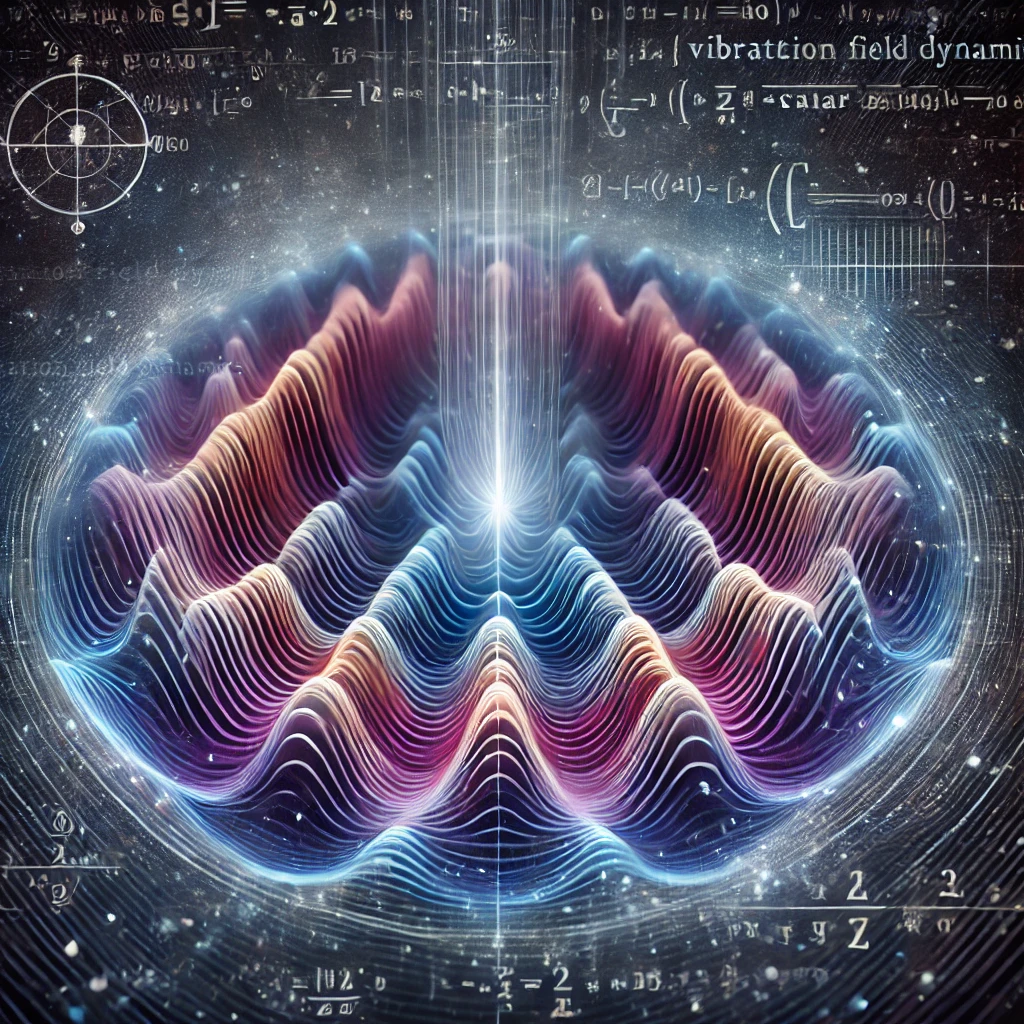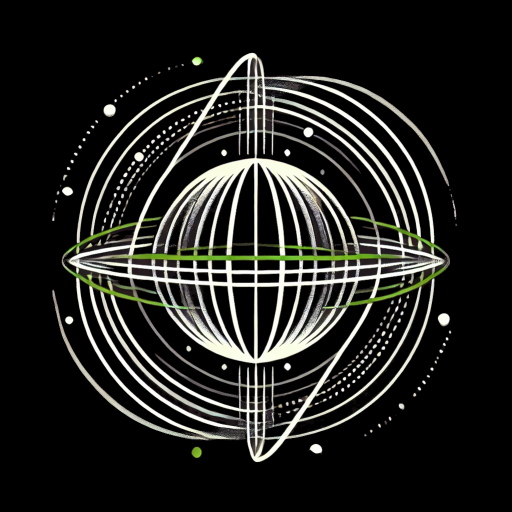
At the heart of Vibrational Field Theory lies the concept that everything in the universe—particles, forces, and even space and time—is the result of vibrations within a fundamental field. To understand this idea better, think of the universe as being similar to a vast, invisible ocean. In this ocean, ripples and waves constantly move and interact with each other. These ripples represent vibrations in the field, and it is these vibrations that give rise to everything we see, from the smallest particle to the largest galaxy.
The Vibrational Field: A Continuous, Ever-Present Force
This vibrational field isn’t something that exists in just one place; it’s everywhere, filling the entire universe. You can imagine it as an invisible web that connects everything. While we may not directly see this field, its effects are what we observe as matter, light, and forces.
In simpler terms:
- Everything is a vibration: Every atom, every force, and every bit of energy in the universe is a different kind of vibration or wave in this fundamental field.
- Waves of different sizes and speeds: Some vibrations are fast, like light, while others are slower and more stable, like the vibrations that make up particles.
What Are Particles in This Theory?
In conventional physics, we think of particles—like protons, electrons, and neutrons—as tiny, solid objects that make up matter. But in Vibrational Field Theory, particles aren’t little balls or points of mass; instead, they’re seen as localized vibrations in the field. Think of them like standing waves or stable ripples in a pond, where energy is concentrated in a particular location.
Example: The Electron
An electron, instead of being a tiny object orbiting around an atomic nucleus, is better visualized as a stable, self-reinforcing wave pattern in the vibrational field. It’s like a continuous ripple in the field that remains stable due to the specific properties of its vibration. The electron’s mass, charge, and behavior can all be explained by the characteristics of its wave.
- Mass: The mass of the electron corresponds to the energy of its vibration in the field. A more energetic vibration means more mass.
- Charge: The electric charge of the electron is related to how this vibration interacts with other particles and the surrounding field.
So, an electron, a proton, or any particle is simply a concentration of vibrational energy in one location.
What About Forces Like Gravity and Electromagnetism?
Forces, in this theory, are also explained as different kinds of vibrations or interactions in the field. When vibrations interact, they create forces that pull or push objects. In traditional physics, we think of forces like gravity and electromagnetism as invisible fields that fill space and act on particles. But in this theory, these forces are vibrational patterns that influence how particles move and behave.
Electromagnetic Force
In classical physics, electromagnetism is the force responsible for electricity, magnetism, and light. Here, it’s seen as a high-frequency vibration in the field. When an electric charge, like an electron, moves through space, it creates ripples in the vibrational field. These ripples manifest as electromagnetic waves—the kind of waves that make up visible light, radio waves, and X-rays.
Gravity
Gravity, in Vibrational Field Theory, can be understood as low-frequency vibrations that cause distortions in the field. When massive objects like stars or planets are present, they create deep ripples or bends in the field. Smaller objects, like a falling apple or an orbiting planet, are drawn into these ripples, which explains why we experience gravity as a force that pulls objects toward one another.
- Analogy: Imagine a heavy ball placed on a stretched-out trampoline. The ball creates a dip in the fabric, and if you place a smaller ball near it, the smaller ball will roll toward the dip. In the same way, massive objects like the Earth create vibrations that distort space, causing other objects to be drawn in—this is what we experience as gravity.
Why Vibrations?
You might ask, why describe the universe as vibrations? The idea is rooted in wave mechanics and quantum theory, which have shown that particles can behave like waves and vice versa. Experiments like the double-slit experiment demonstrate that particles like electrons have wave-like properties, and wave-particle duality is a fundamental concept in modern physics.
In Vibrational Field Theory, this wave-like behavior is taken to its logical extreme: everything is a wave, and these waves interact to form the physical reality we experience. Whether it’s a beam of light traveling from the Sun to the Earth or the gravity that holds planets in orbit, all of these forces can be explained as interactions between different vibrations in the universal field.
How This Idea Solves Big Problems in Physics
- Unifying Particles and Forces: By seeing both particles and forces as different types of vibrations in the same field, this theory unifies what traditional physics sees as separate. In the Standard Model, particles and forces are distinct entities, but here, they are just different expressions of the same underlying vibrational energy.
- Wave-Particle Duality: In quantum mechanics, particles like electrons behave both like particles and waves, depending on how we observe them. Vibrational Field Theory provides an elegant solution by saying that they are waves—it’s just that sometimes, we observe them as concentrated energy (particles).
- Gravity and Electromagnetism Together: Traditional physics has struggled to reconcile gravity (described by general relativity) and electromagnetism (described by quantum mechanics). Vibrational Field Theory unifies these two by showing they are just different kinds of ripples in the same vibrational field, simplifying how we understand the fundamental forces.



Leave a Reply